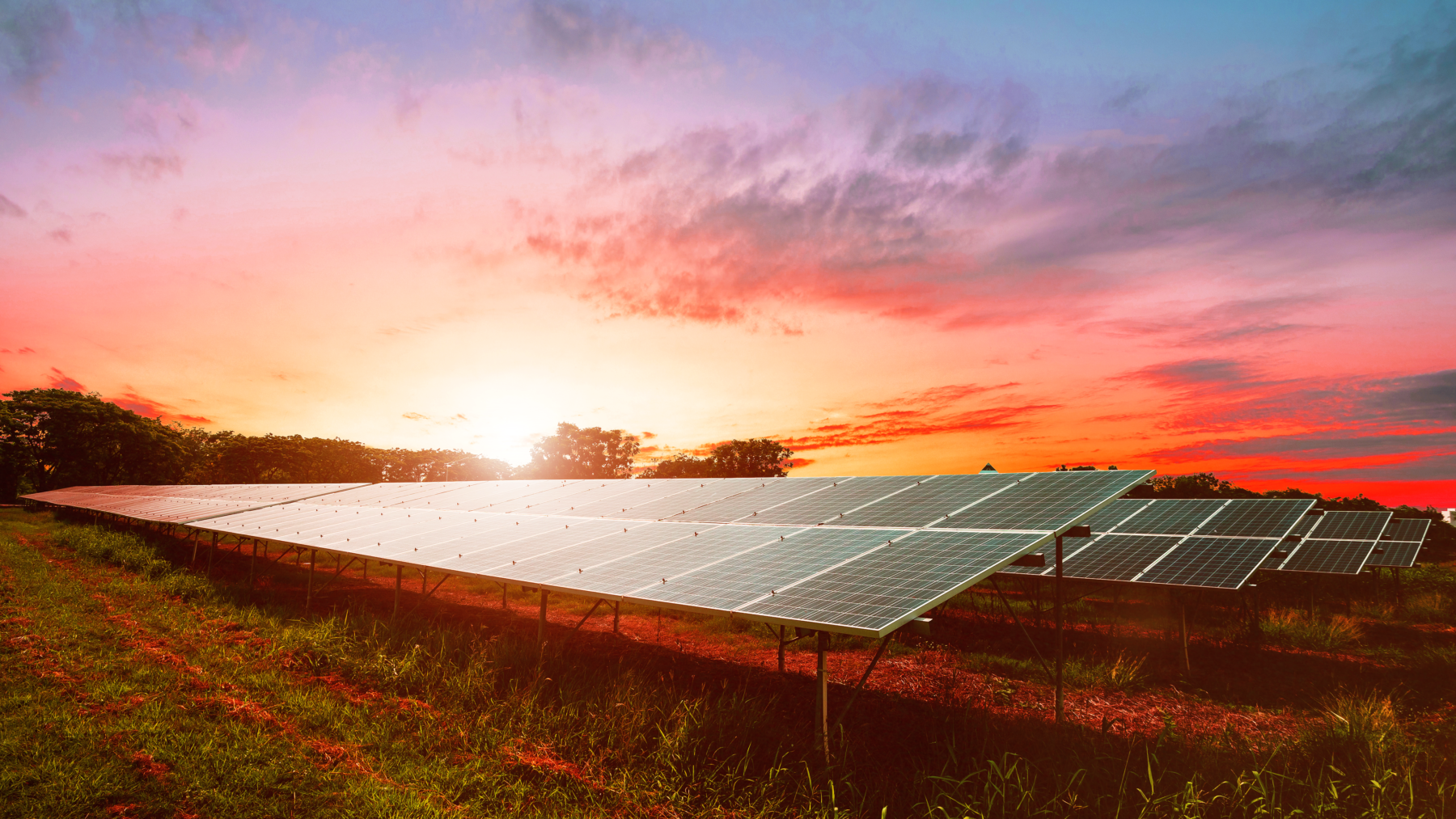The future is green

This article is brought to you by Providence Climate Capital.
Clean Energy. We hear about it on overflowing newsfeeds as we scroll endlessly, on our TV screens, in our newspapers, and in robust conversations around our dinner tables that revolve around issues like whether net zero is achievable or not, the pros and cons of electric vehicles, and just how renewable are renewables?
But times, they are a changing, whether our power comes from blowing in the wind, the rays of the sun, the power of water or power sources from beneath the surface. Slowly but surely, we are adjusting and taking steps to change from our reliance on the fossil fuels that have held us in good stead ever since coal was discovered in 1797 on the New South Wales south coast and began full tilt production in 1908.
As for hydroelectricity, the first hydroelectric operation in Australia was established in June 1883 at Waratah, north-western Tasmania, with the biggest scheme in Australia, the Snowy Mountains Hydro Electric Scheme, first flowing into action in 1949. Now we have Snowy Hydro 2, the largest committed renewable energy project in Australia, due to start powering in 2025.

We have wind farms spinning – both on land and on water, solar power providing energy for everything from blue water cruising yachts and gadgets for hikers to hotels, office buildings, and cars.
According to the Department of Climate Change, Energy, the Environment and Water , 29 per cent of Australia’s total electricity generation in 2021 was from renewable energy sources including solar (12 per cent), wind (10 per cent) and hydro (six per cent). This is the highest on record.
The percentages will continue to rise thanks to forward-thinking companies like Providence Climate Capital, an innovation-led investment firm specialising in breakthrough climate technology, intelligent asset management and circular economy solutions.
Providence Climate Capital has been investing in solar farms since 2018. In 2020 they launched LAVO, commercialising UNSW’s breakthrough metal hydride technology for long duration green hydrogen storage. They now have a $450 million portfolio of renewable energy infrastructure and investments in like-minded Australian climate-focused companies.
Solar power has come a long, long way
In the Negev Desert, Israel, you might think you’ve been transported onto the Lord of the Rings ‘Eye of Sauron’ film location, minus hobbits and talking trees. It is actually Ashalim, a 260-metre-high tower that spikes up from the harsh desert landscape, topped by a blazing light that burns so brightly, you can see it from space. Ashalim is one of 25 such towers around the world, is the second tallest, and has 50,000 mirrors (heliostats) in the surrounding area that reflect light onto a water boiler inside the tower. This heats up to 540 degrees Celsius and can power up to 120,000 homes.
Solar farms are blossoming
Large scale solar operations are popping up on properties that might once have held grazing cattle or sheep. Providence Climate Capital manages 16 solar farms throughout regional Victoria and New South Wales with plans for another 29 (and counting) in regional Australia. There is extensive consultation with each community before solar farms go ahead, and all their farms are populated with native screening vegetation.
According to the Australian Government body ARENA (Australian Renewable Energy Agency), solar farms (also referred to as ‘large scale solar’ or LSS’), can generate anywhere from hundreds of kilowatts to thousands of megawatts of solar power.


Hydrogen storage is a thing
There is so much innovation in Australia, and the world, into green energy and all its crucial elements – storage, redistribution, and so on. Another area that has seen great strides is long duration green hydrogen storage.
Providence Climate Capital launched LAVO in 2020, commercialising the University of NSW’s breakthrough metal hydride technology for long duration green hydrogen storage. LAVO’s Hydrogen Energy Storage System uses patented metal hydride technology to store hydrogen in a solid state, producing up to 40kWh of electricity. LAVO showcased this technology in Glasgow at the 26th UN Climate Change Conference of the Parties (COP26) last year. LAVO is also working to unlock the potential of renewable energy at scale, and is therefore developing flexible storage solutions with AI-enabled digital platforms for use in commercial settings.
You can store energy in the cloud
With solar farms busy generating energy and batteries able to store it, we have a lot of renewable energy to manage, and that’s exactly what Evergen have set out to do.
Evergen provides remote control, monitoring, and alerting using data collected from Providence Climate Capital’s solar farms, all without the need for additional hardware. This data is stored in the cloud, and can also be used by Evergen to optimise future energy storage. It is just one of the ways renewable energy is economically superior to coal power. Smart software enables the digital optimisation of the energy supply chain, maximising the benefit from deployment of renewable technologies.


Get your bio energy on
Another form of clean, green energy is bioenergy that uses organic material (biomass) as a source of energy for power. But what is it exactly? According to Geoscience Australia, biomass is vegetable and animal derived organic materials, which are grown, collected or harvested for energy. Examples include wood waste, bagasse (sugar cane residues) and animal fats. There is also biogas, think methane, and biofuels – ethanol, for example.
We have certainly come a long way since electric streetlights were first switched on in Australia, in November, 1888. And no, it wasn’t in Sydney, or Melbourne. It was in Tamworth, NSW, with the push for electric lights to replace gaslighting, driven by a forward-thinking council and its clever locals. Today, Tamworth is known as the ‘city of light’.
And just like back in Tamworth in the early 1880s, we can change the way things are done. We can meet net zero, we can halt climate change, we can think outside the square and create new forms of energy that are clean and green and, most importantly – sustainable.
Providence Climate Capital is well placed to work together with our brightest companies and new thinkers, to invest in the most promising climate technologies that can help the transition to clean energy, and in a sustainable, environmentally friendly way.
We CAN do it.
This article was brought to you by Providence Climate Capital.
Providence Climate Capital is a proud investor in Australian innovation and the transition to clean energy. To learn more about the innovations we support visit providence.green

